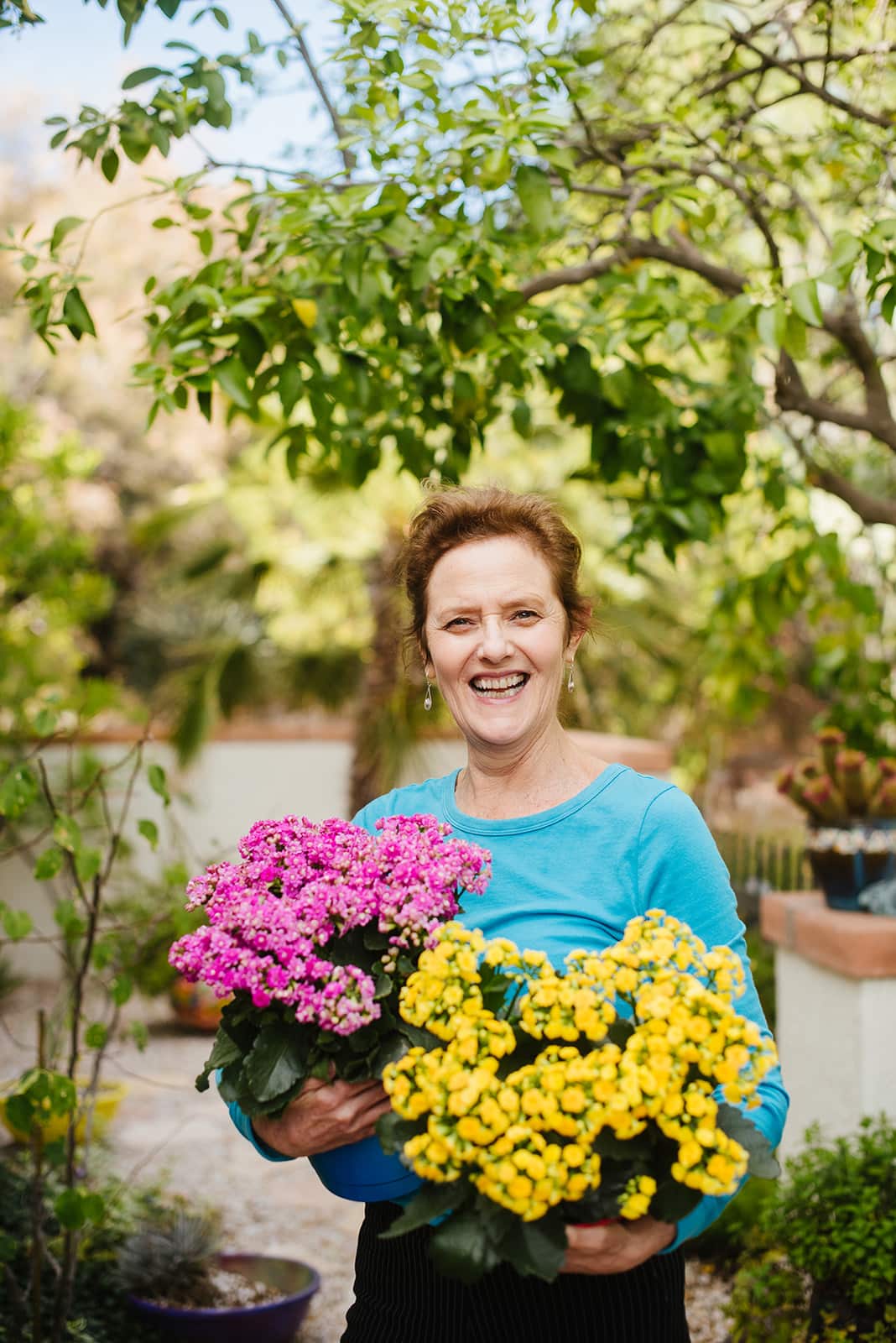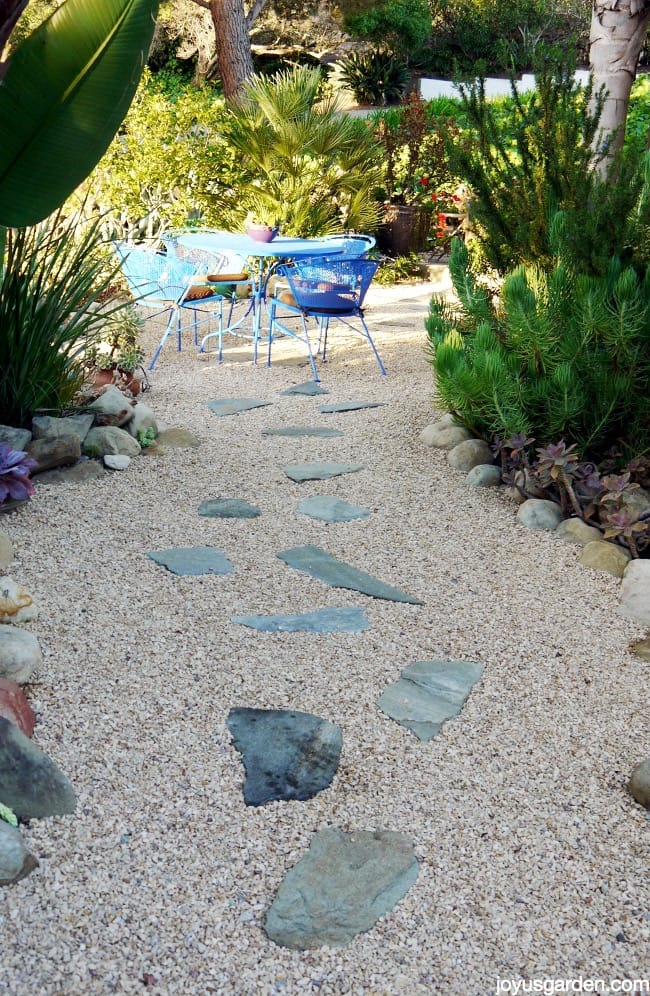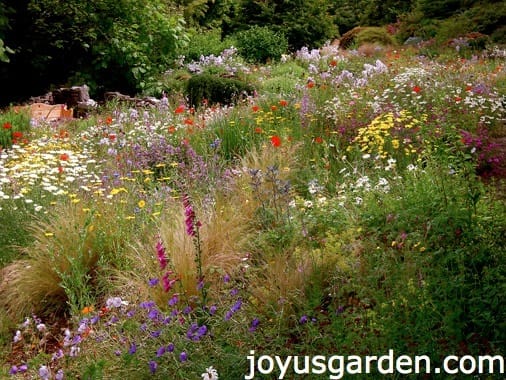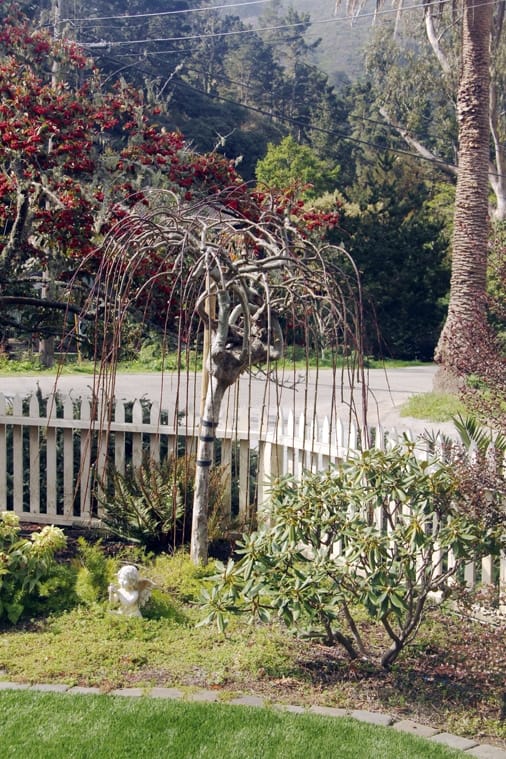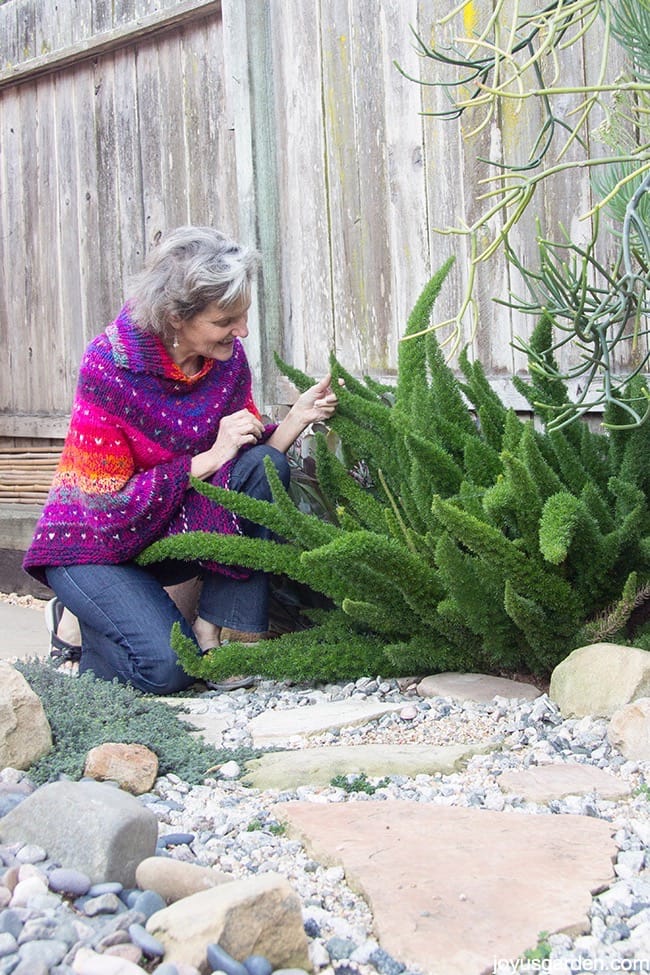In-Depth Guide to Soil Amendments
Soil amendments, or soil conditioners, play an important role in the health and growth rate of plants. Before you can grow healthy plants, you need to have healthy soil underfoot. The type of soil amendments that may be needed will depend largely on the composition of the soil as it is now, the types of plants being grown, and the growing zone or climate that you live in.
The majority of soil additives are used to help improve the structure of the soil, and to ensure that the soil is better able to hold onto nutrients and water. These organic materials can also often act as soil fertilizers, in varying degrees.
With an understanding of the needs of your soil, you’ll be able to determine what is needed to bring it up to meet the needs of the plants that you are going to be focused on growing.
This in-depth guide to soil amendments will help you to better understand what your soil might need, so that you can get the growing results that your plants deserve.
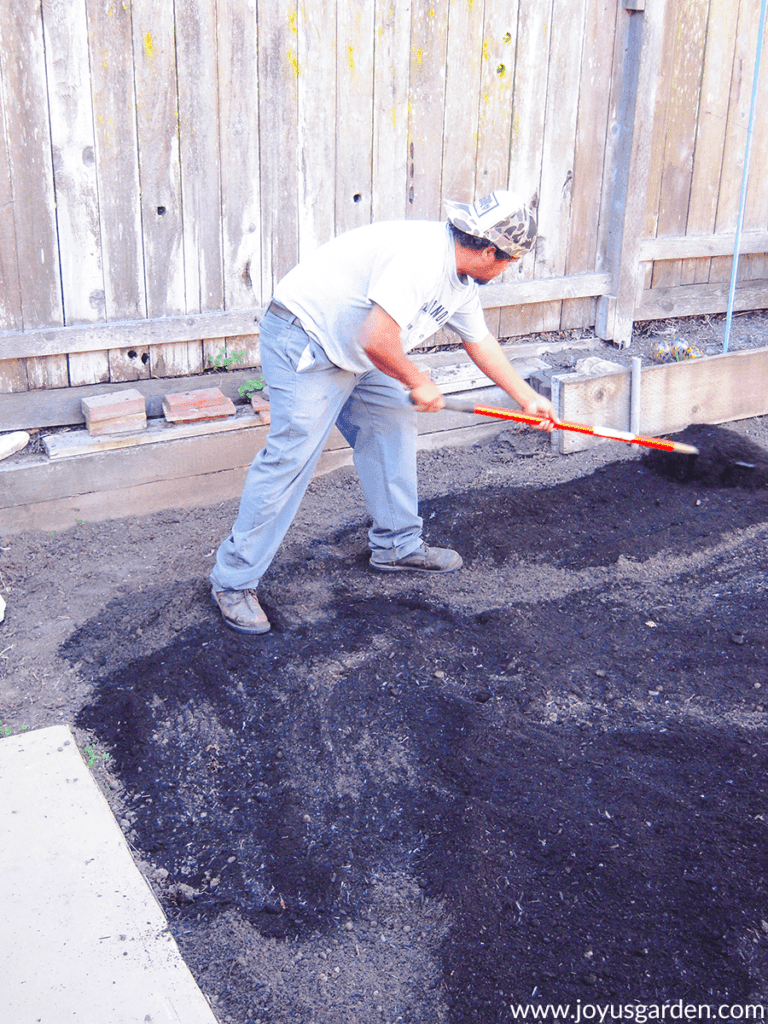
Improving soil structure
Do you have clay soil? Perhaps your soil is more sand than anything else? The right soil amendments can help to build up your soil so that it can better meet the growing needs of the plants that you select.
Clay soil can be a challenge for a lot of plants.
Its dense structure can make it difficult for roots to spread out adequately. It can prove to be a challenge to adequately aerate roots that are struggling to grow in clay soil. Clay can also quickly become waterlogged, as it is not a well-draining soil.
Soggy roots can lead to a number of issues, including root rot. To remedy this, clay could be broken up, and you can incorporate organic materials like straw, compost, peat moss, and shredded wood bark. These soil additions can help with drainage, aeration, and they will also act as slow-releasing fertilizers for the soil as they break down naturally.
If you live in a growing zone that does not get a lot of rain, or you have year-round watering restrictions, then clay soil can prove to be a good thing. It’s naturally nutrient dense, and will help to retain the moisture that plants need to get through those long summer days.
Sandy soil is the complete opposite of clay soil.
It’s loose, easy to dig in, offers great aeration and it drains quickly. The quick drainage is often the problem, however. Water retention can be a balancing act with soil at the best of times. If your soil is too good at holding onto water, then you have the bogged down roots. If your soil is not good at holding onto water, then you have roots that struggle to get the hydration that they need, and also struggle to absorb nutrients before they are washed away.
Adding clay to your sandy soil can actually help with soil retention, as can adding vermiculite or shredded bark.
If you live in a growing zone that experiences heavy rainfall, then well-draining soil is just what you need to ensure that your soil doesn’t turn into a veritable swamp.
Balancing soil acidity
The key to good soil management is to ensure that the pH balance of the soil is where it needs to be, for the plants that you plan on growing. Most lawns grow well enough without too much work put into the soil, so it’s often ornamental plants, fruits, and vegetables that require a bit of attention for the soil pH levels in order to ensure optimal plant health.
Testing the pH levels of your soil should be the first step that you take. This way you’ll be able to determine whether your soil is too acidic, or too alkaline. pH levels range between 0 and 14, with a soil that is at a 7.0 being considered neutral. Anything that is above a 7.0 is alkaline, and anything that is below a 7.0 is acidic.
A great number of plants tend to thrive well with pH levels that sit between a 5.5 and a 7.0. However, it should be noted that a number of plants can survive well in soil with pH levels that extend beyond that range.
It’s important to know what your soil pH levels are, and to know what types of pH levels your plants will thrive in. Sweet potatoes, as an example, tend to prefer a pH level that is more in the acidic range between 5.0 and 5.5, and watermelon prefers a pH range between 5.5 and 6.5.
Asparagus prefers soil that is more alkaline, and can thrive well into the 8.0 range. Watermelon often also do well in soil that is more on the alkaline side, but this is a versatile fruit that does well in many types of soil.
It should be noted that it is highly unlikely that many varieties of vegetables and fruits will do well in soil that is highly alkaline.
The pH of the soil impacts the ability of the plants to absorb nutrients from the soil. The acidity or alkalinity of the soil helps to determine which nutrients are available to plants. Many are readily available to plant when they have dissolved in the moisture of the soil. Many nutrients won’t dissolve when the soil pH balance is off.
If your soil is too acidic for the plants that you are growing, you can mix limestone into it. Soil that is too alkaline can be tempered with organic mulches such as compost, composted manure, and other mulches with high acidity.
It’s not an overnight process to alter your soil’s pH balance, so be prepared to spend a bit of time adjusting levels of soil amendments, and testing frequently.
Healthy soil will grow healthy and happy plants.
Whether you’re growing roses, tomatoes, or butternut squash, it’s important to know the current health of your soil. Test it, amend it, and grow plants that’ll thrive in your grow zone.
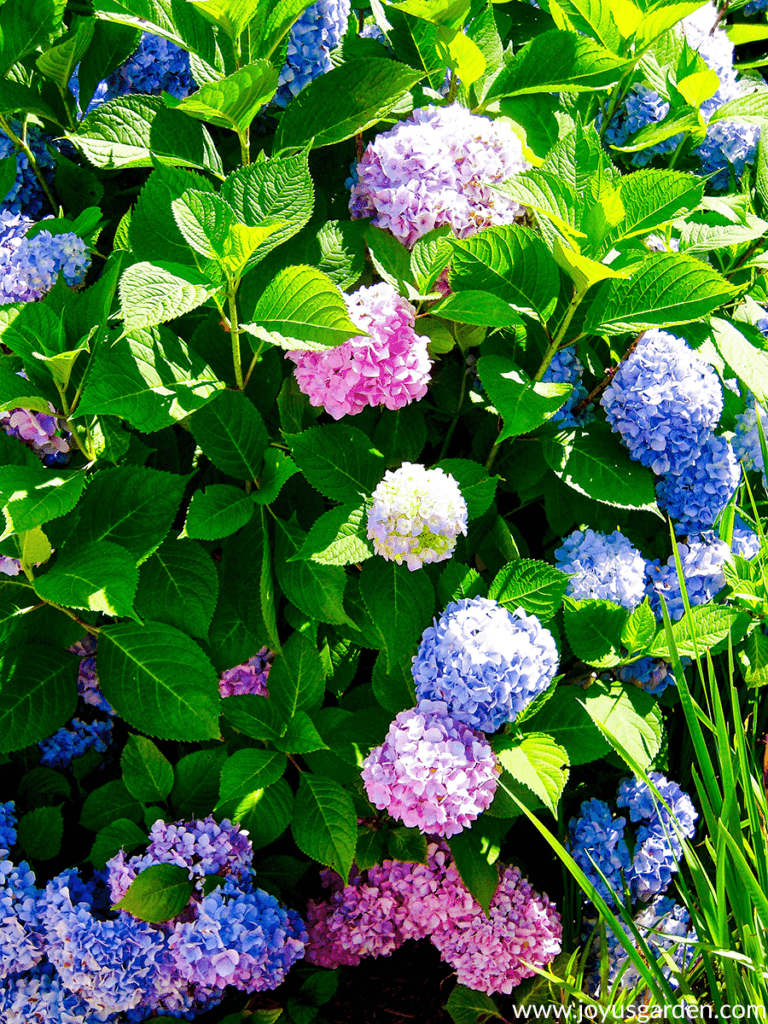
Author Bio:
Ken is a huge fan of living his life to the fullest. His health is extremely important to him and he currently enjoys helping Norcal Ag Service get the word out about their awesome organic farming supplies. When he’s not working, he enjoys blogging, hiking, and plenty of steak and grilled veggies.
You May Also Enjoy:
Roses We Love For Container Gardening
Ponytail Palm Care Outdoors: Answering Questions
This post may contain affiliate links, you can read our policies here.
- About the Author
- Latest Posts
Nell, the founder of Joy Us garden, was born into a gardening family and grew up in Connecticut’s countryside. After living in Boston, New York, San Francisco, & Santa Barbara, she now calls the Arizona desert home. She studied horticulture & garden design, working in the field all her life. Nell is a gardener, designer, blogger, Youtube creator, & author. She’s been gardening for a very long time & wants to share what she’s learned with you.
